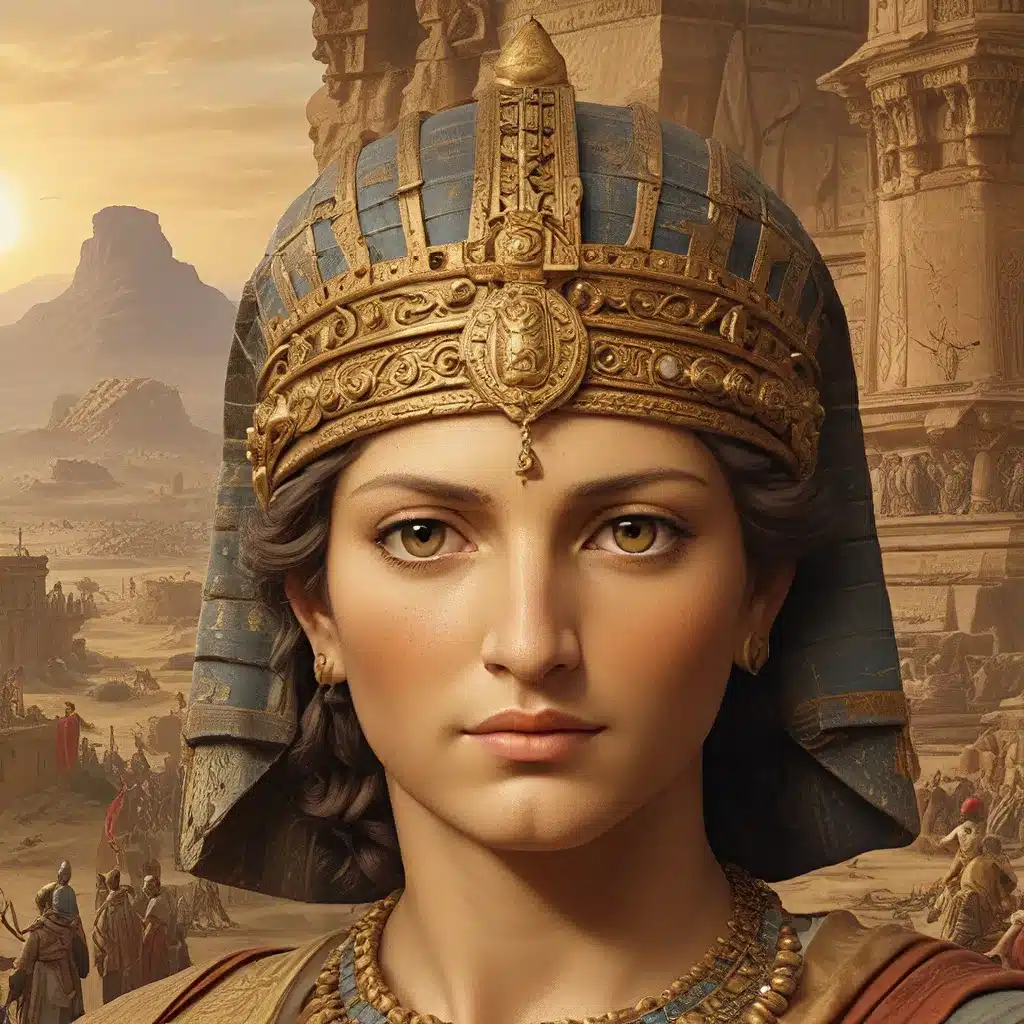
The ancient world was a tapestry of diverse cultures, each weaving its own intricate story into the grand narrative of human history. From the mighty Achaemenid Empire to the enigmatic Seleucid Dynasty, the classical civilizations of the Mediterranean and Near East left an indelible mark on our understanding of the past. In this captivating exploration, we delve into the vanished kingdoms and rediscovered wonders that continue to fascinate scholars and enthusiasts alike.
The Rise and Fall of the Achaemenid Empire
The Achaemenid Empire, founded by the legendary Cyrus the Great, was a formidable force that dominated western Asia for over twelve centuries. Under the rule of successive dynasties, this vast empire stretched from northern Greece to the borders of India, encompassing a vast array of cultures, traditions, and languages.
The architectural marvels of the Achaemenid Empire, such as the grand palaces of Persepolis and Susa, stand as testament to the empire’s cultural sophistication and administrative prowess. These sites, where skilled artisans from across the empire were brought together to create stunning works of art, synthesized diverse traditions into a unique Achaemenid court style.
The Achaemenid kings, particularly Darius I the Great, were known for their respect for local customs and traditions, as long as their subjects remained loyal and paid tribute. This approach allowed the empire to maintain a delicate balance of power, with semiautonomous provinces coexisting within the larger political framework.
However, the Achaemenid Empire’s dominance was not without its challenges. The Greek cities of Asia Minor long resisted Persian rule, leading to a series of conflicts that culminated in the victories of the combined Greek forces against the Achaemenid invaders. These battles, immortalized in Athenian vase paintings, became a source of pride and identity for the Greeks, solidifying their perception of the Persians as a foreign and exotic power.
The Seleucid Successor Kingdom
The Achaemenid Empire’s downfall came at the hands of Alexander the Great, who conquered the Persian territories in a rapid military campaign between 334 and 330 BC. Following Alexander’s death in 323 BC, his general Seleucus I seized control of the eastern territories, establishing the Seleucid Dynasty that would rule for over two centuries.
The Seleucid kings viewed themselves as the rightful heirs to the Achaemenid legacy, and they sought to Hellenize the region by founding new Greek cities throughout their domain. This cultural exchange between the Hellenistic Greek and Iranian traditions had a profound impact on the local populations, leading to the emergence of a hybrid Greco-Persian style that can be seen in the artifacts and art of the period.
One of the key innovations introduced by the Seleucids was the widespread use of coinage, which had been pioneered by the Lydians in the late seventh century BC and later adopted by the Greeks. The Seleucid coins, bearing the portraits of the ruling monarchs, served as a powerful symbol of their authority and influence over the vast territories they controlled.
Despite the Seleucid Dynasty’s efforts to maintain their grip on power, the region eventually saw the resurgence of native Iranian dynasties, such as the Parthians and the Sasanians, who challenged the Seleucid dominance and restored a balance of power in the ancient Near East.
Uncovering the Mysteries of the Classical Civilizations
The study of the classical civilizations of the ancient world has been enriched by a wealth of archaeological discoveries in recent decades. From the grand architectural complexes of the Achaemenid Empire to the intricate seals and coinage of the Seleucid Dynasty, these finds have shed new light on the cultural, political, and economic dynamics that shaped the ancient Near East.
One of the most significant archaeological sites related to the classical civilizations is the Achaemenid capital of Persepolis, which has been the focus of extensive excavations and research. The monumental architecture and intricate relief sculptures found at this site have provided invaluable insights into the power, symbolism, and diversity of the Achaemenid Empire.
Similarly, the discovery of cuneiform inscriptions and glazed-brick wall panels at the Achaemenid capital of Susa has helped scholars better understand the administrative structure and cultural traditions of the empire. These artifacts, which showcase the integration of diverse artistic traditions from across the empire, have challenged the Eurocentric perspectives that have long dominated the study of the ancient world.
Beyond the Achaemenid Empire, archaeological investigations have also shed light on the Seleucid Dynasty and its role in the Hellenization of the region. The minting of coins and the establishment of new Greek cities have been crucial in tracing the cultural and economic exchanges between the Hellenistic and Iranian worlds.
Emerging Theories and Ongoing Discoveries
As the study of the classical civilizations continues to evolve, new theories and discoveries are constantly challenging our understanding of the past. Scholars and archaeologists are constantly reevaluating the evidence and reinterpreting the historical narratives that have long been accepted.
One of the most intriguing developments in the field is the growing recognition of the agency and resilience of the local populations within the broader context of the classical empires. Researchers are now exploring how indigenous cultures and traditions persisted and adapted to the changing political landscapes, rather than being simply subsumed by the dominant powers.
Additionally, the application of advanced scientific techniques, such as isotope analysis and DNA sequencing, has opened up new avenues for understanding the population movements, trade networks, and cultural exchanges that characterized the classical world. These interdisciplinary approaches are shedding light on previously unexplored aspects of the ancient civilizations.
As we continue to uncover the secrets and mysteries of the classical world, the significance of these vanished empires and kingdoms only grows. The richness and diversity of the ancient Near East, as evidenced by the archaeological record and the historical narratives, serve as a testament to the enduring legacy of these remarkable civilizations.


